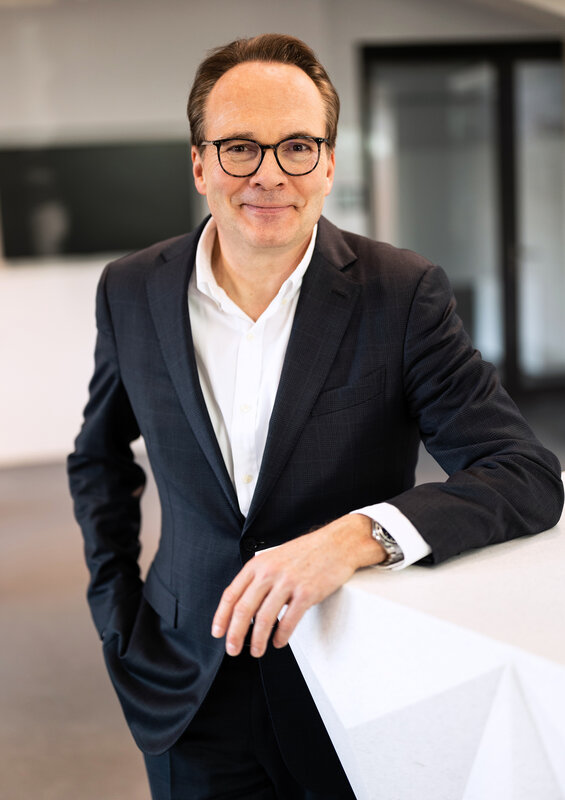Prof. Martin Fassnacht analyzes the Dutch electronics retailer’s expansion strategy in Germany in Handelsblatt.
The consumer electronics market in Germany is saturated, with intense competitive pressure. Price erosion, shrinking margins, and weak consumer loyalty characterize an industry in which many providers fail to deliver on fundamental consumer expectations—particularly regarding service quality, digital integration, and consumer orientation. Against this backdrop, Professor Martin Fassnacht, Chair of Strategy and Marketing at WHU – Otto Beisheim School of Management, analyzes the expansion strategy of Dutch electronics retailer Coolblue in Handelsblatt.
Coolblue, market leader in the Netherlands and Belgium, is entering a dense and mature market with stagnating demand. According to Martin Fassnacht, this move is strategically promising: its consistent focus on consumer centricity offers a distinct competitive advantage. “The German consumer electronics sector is not sufficiently consumer-oriented,” he argues. Many established players neglect even basic services—such as expert advice, timely delivery, and reliable after-sales support—areas where Coolblue has systematically improved its performance.
A key strength of Coolblue’s strategy lies in its integration of brick-and-mortar stores with online operations. Unlike traditional competitors rooted in physical retail, Coolblue benefits from a strong digital foundation. “Coolblue sells its products both online and in stores—with a more pronounced online focus than its competitors,” Fassnacht explains. This hybrid model resonates particularly well with younger consumers, who increasingly shop for electronics online.
Rather than pursuing price leadership, Coolblue prioritizes consumer value—through proprietary logistics, direct delivery, and continuous tracking of consumer satisfaction. A Net Promoter Score (NPS) of 84 indicates exceptionally high levels of customer advocacy. In comparison, MediaMarkt and Saturn achieved only 58 in the past financial year—a record high for the Ceconomy brands, yet far behind Coolblue.
Nonetheless, challenges remain. “Brand awareness for Coolblue is still low, especially in eastern and southern Germany,” Fassnacht notes. Targeted investment in brand communication is therefore essential to support sustainable growth.
The full article was published in Handelsblatt on July 14, 2025 (Paywall).

